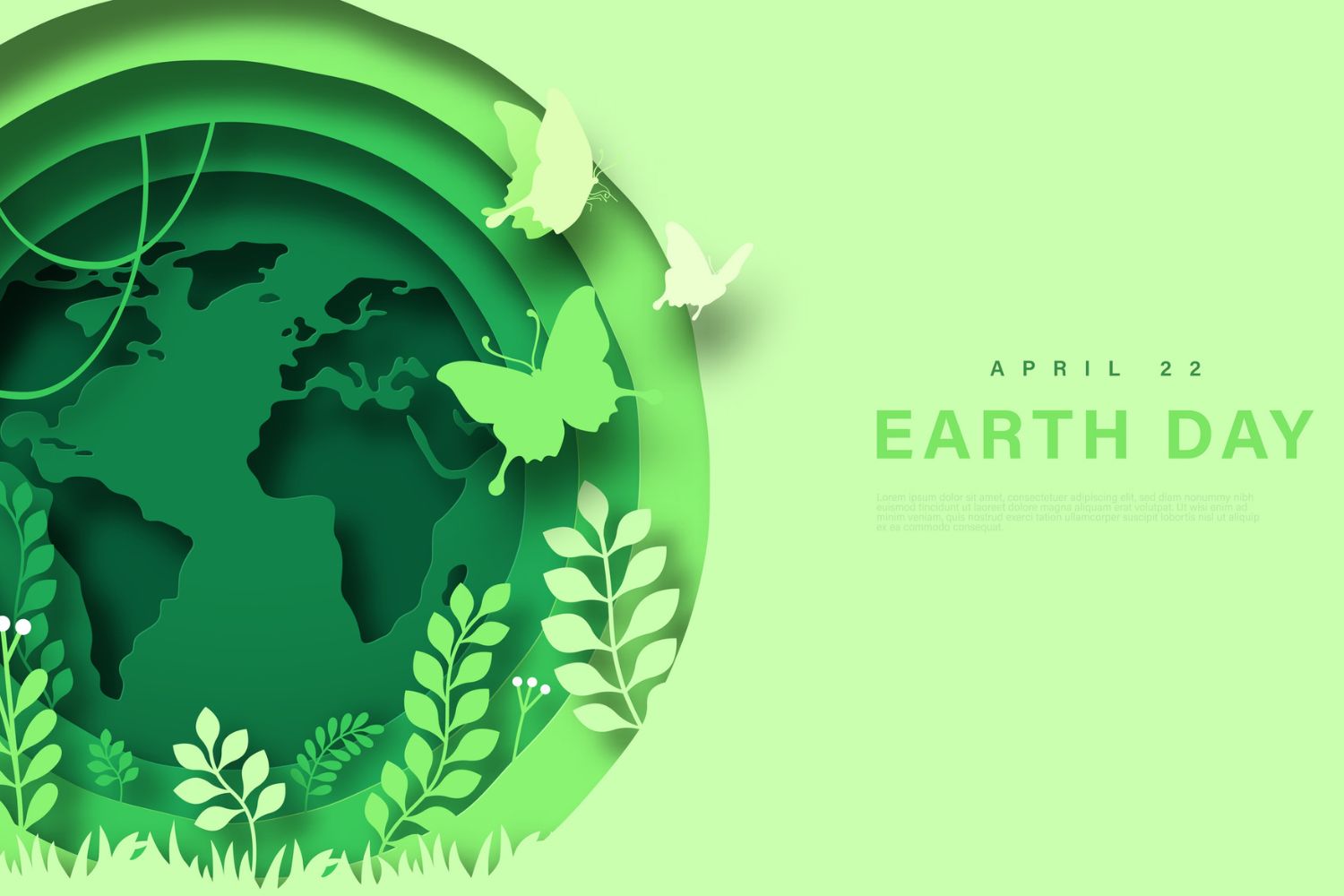As Earth Day 2024 unfolds, the world is witnessing a resolute push towards addressing two of the most pressing environmental challenges of our time: plastic pollution and climate change. With the theme “Planet vs. Plastic,” this year’s Earth Day serves as a poignant reminder of the imperative to reduce plastic production and mitigate the adverse effects of greenhouse gas emissions.
Initiated by Earthday.org, a stalwart in the environmental movement since the inaugural Earth Day in 1970, Earth Day 2024 rallies global citizens around the ambitious goal of slashing plastic production by 60% by 2040 and phasing out all single-use plastics by 2030. The initiative underscores the detrimental impact of plastic on ecosystems, from polluting rivers and oceans to endangering marine life and posing health risks to humans due to toxic microplastics.
Central to the Earth Day 2024 agenda is advocacy for a robust UN Treaty on Plastic Pollution, alongside efforts to raise awareness about the health hazards posed by plastics and push for reforms in industries like fast fashion notorious for their environmental toll. Simultaneously, to grasp the global scale of plastic consumption and waste generation, it’s crucial to break down the figures by country. According to data provided by various sources:
ALSO READ: Saudi Arabia’s plant-powered push: a recipe for health and sustainability
China: leads the pack as one of the largest plastic waste producers, generating a staggering 37.6 million tons of plastic waste annually. The United States: follows closely, producing 22.9 million tons of plastic waste each year, while India ranks third in plastic waste production, generating 7.4 million tons annually. Brazil produces approximately 4.9 million tons of plastic waste per year.
This breakdown underscores the varying levels of plastic consumption and waste generation amongst these countries, with China, the United States, India, Brazil, Egypt, and Ethiopia each playing a role in the global plastic pollution crisis. Amid these challenges, there is a glimmer of hope. The BRICS nations, including China, India, and Russia, alongside other major emitters, have pledged to curb their greenhouse gas emissions and strive for net-zero emissions by the mid-21st century.
China’s commitment to carbon neutrality by 2060 and the United States’ recommitment to the Paris Agreement signal a growing momentum towards collective climate action. This serves as a rallying cry for nations and individuals alike to redouble their efforts in safeguarding the planet, combating climate change, and forging a sustainable future for generations to come.
ALSO READ: The Saudi Green Initiative Day celebrated by many as the Kingdom moves to protect the environment













